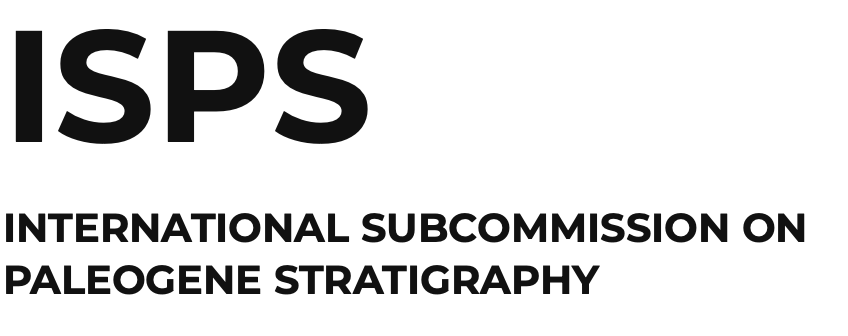The new section found last year in Agost, Betic Cordillera, Alicante province (Spain) has been intensively studied. Biostratigraphy by means of planktic foraminifera, calcareous nannofossils, small benthic foraminifera and larger foraminifera indicated that the section is continuous and quite expanded. The magnetostratigraphical study reveals a series of reversed and normal chrons, which are now being interpreted and integrated with the biostratigraphical data. This section is a suitable candidate to define the Ypresian/Lutetian boundary.
Another suitable candidate found last year is the Gorrondatxe beach section, W Pyrenees, Basque country (Spain). A high-resolution multi-disciplinary study, including physical stratigraphy (lithostratigraphy, sequence stratigraphy and magnetostratigraphy) and biostratigraphy (calcareous nannofossils, planktic and larger foraminifera) has been carried out over the 700 m thick Gorrondatxe section by Orue-Etxebarria et al. (2006).
The results of both sections show that the different events traditionally used to place the Ypresian/Lutetian boundary, hitherto thought to be almost simultaneous actually occur at very different levels.
The criterion to precisely define this boundary will be selected in 2007, before to choose one of these sections to place the Ypresian/Lutetian boundary, and the best section will be choose and the GSSP proposed before the Geological Congress in 2008.
Reference:
Orue-Etxebarria, X., Payros, A., Bernaola, G., Dinarès-Turell, J., Tosquella, J., Apellaniz, E. and Caballero F. (2006) The Ypresian/Lutetian boundary at the Gorrontatxe beach section (Basque country, W Pyrenees). Mid-Conference Field Excursion Guidebook, Climate & Biota of the Early Paleogene, Bilbao, 33 pp.
Report by Eustoquio Molina, Chairman

